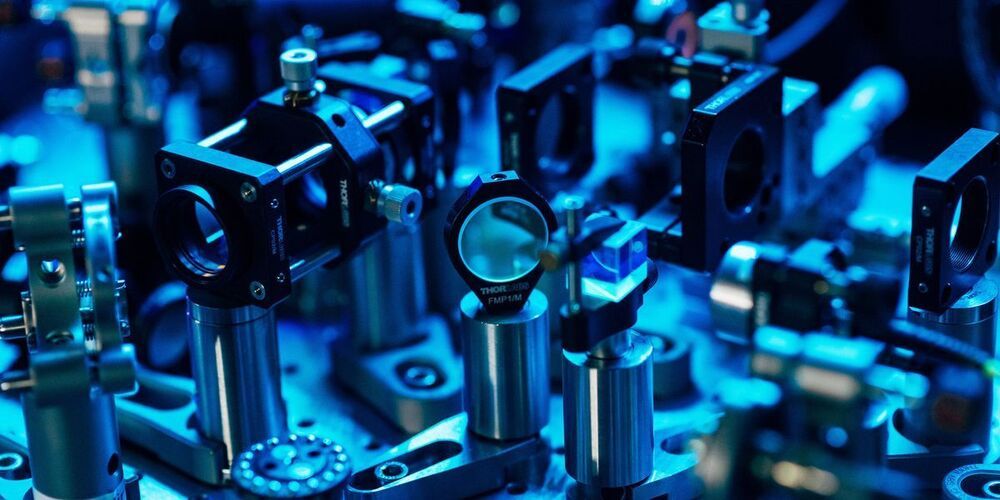Tesla may be one of the first automakers to use Ultra-wideband (UWB) technology in their vehicles. According to documents filed with the Federal Communications Commission, the manufacturer has submitted new products that support UWB.
Breakthrough technology uses multiplexing entanglement to make an ultra-secure quantum internet.
Visa is partnering with Anchorage to allow bank customers to “buy and sell digital assets such as Bitcoin,” the payments giant said Wednesday.
Could there be a new kind of light in the universe? Since the late 19th century, scientists have understood that, when heated, all materials emit light in a predictable spectrum of wavelengths. Research published today in Nature Scientific Reports presents a material that emits light when heated that appears to exceed the limits set by that natural law.
In 1900, Max Planck first mathematically described a pattern of radiation and ushered in the quantum era with the assumption that energy can only exist in discrete values. Just as a fireplace poker glows red hot, increasing heat causes all materials to emit more intense radiation, with the peak of the emitted spectrum shifting to shorter wavelengths as heat rises. In keeping with Planck’s Law, nothing can emit more radiation than a hypothetical object that absorbs energy perfectly, a so-called “blackbody.”
The new material discovered by Shawn Yu Lin, lead author and a professor of physics at Rensselaer Polytechnic Institute, defies the limits of Planck’s law, emitting a coherent light similar to that produced by lasers or LEDs, but without the costly structure needed to produce the stimulated emission of those technologies. In addition to the spectroscopy study just published in Nature Scientific Reports, Lin previously published an imaging study in IEEE Photonics Journal. Both show a spike in radiation at about 1.7 microns, which is the near-infrared portion of the electromagnetic spectrum.
University of Sussex academics have established a method of turbocharging desktop PCs to give them the same capability as supercomputers worth tens of millions of pounds.
Scientists from MIPT, Moscow Pedagogical State University and the University of Manchester have created a highly sensitive terahertz detector based on the effect of quantum-mechanical tunneling in graphene. The sensitivity of the device is already superior to commercially available analogs based on semiconductors and superconductors, which opens up prospects for applications of the graphene detector in wireless communications, security systems, radio astronomy, and medical diagnostics. The research results are published in Nature Communications.
In an effort to curb the rise in overall carbon vehicle emissions, the state of California recently announced a plan to ban new sales of gasoline-powered vehicles in less than 15 years—if the current governor’s order holds strong.
The 37-year-old Isaacman, who’s also an accomplished pilot, will command the four-person “Inspiration4” mission aboard a SpaceX Crew Dragon capsule, he and SpaceX announced today (Feb. 1). There will be no professional astronauts aboard; Isaacman is donating the other three seats.
Isaacman chartered a Crew Dragon flight and is donating the other three seats.
“Especially during times of tension, verifiable limits on Russia’s intercontinental-range nuclear weapons are vitally important,” Secretary of State Antony Blinken said.









